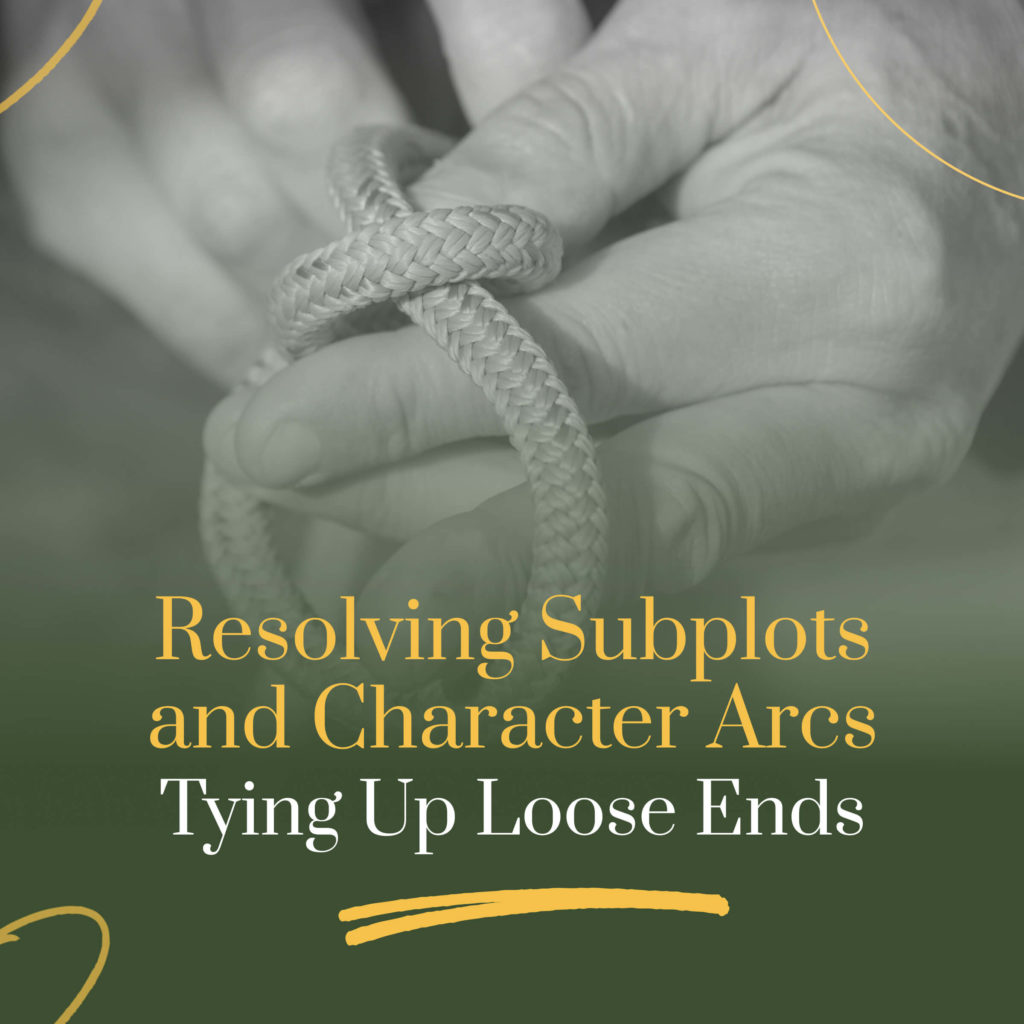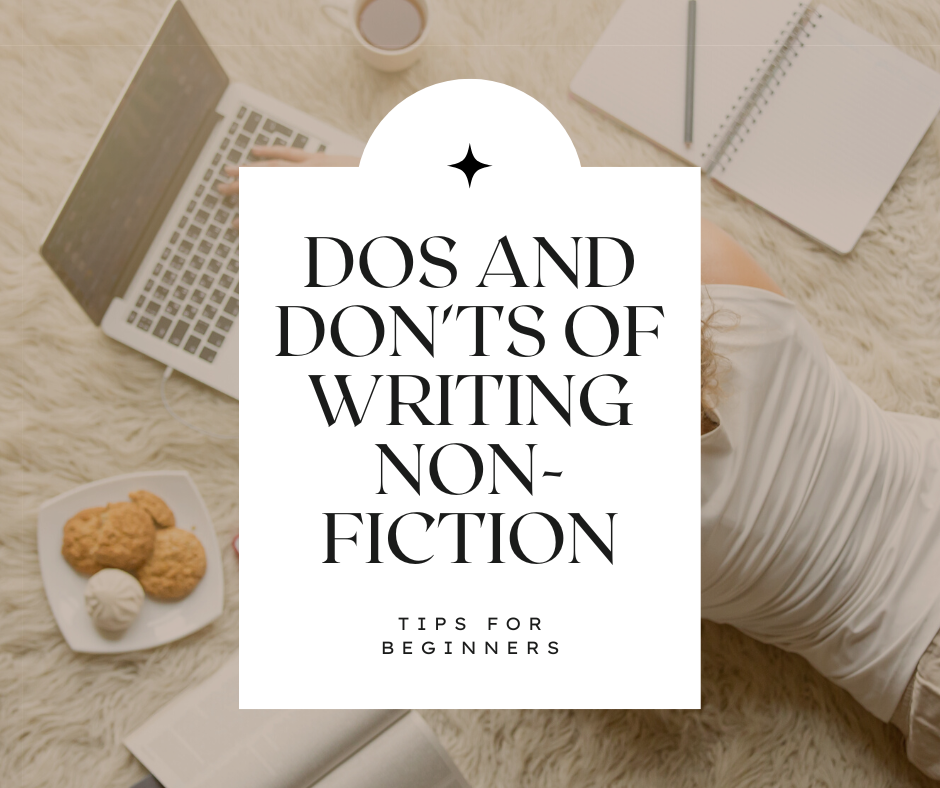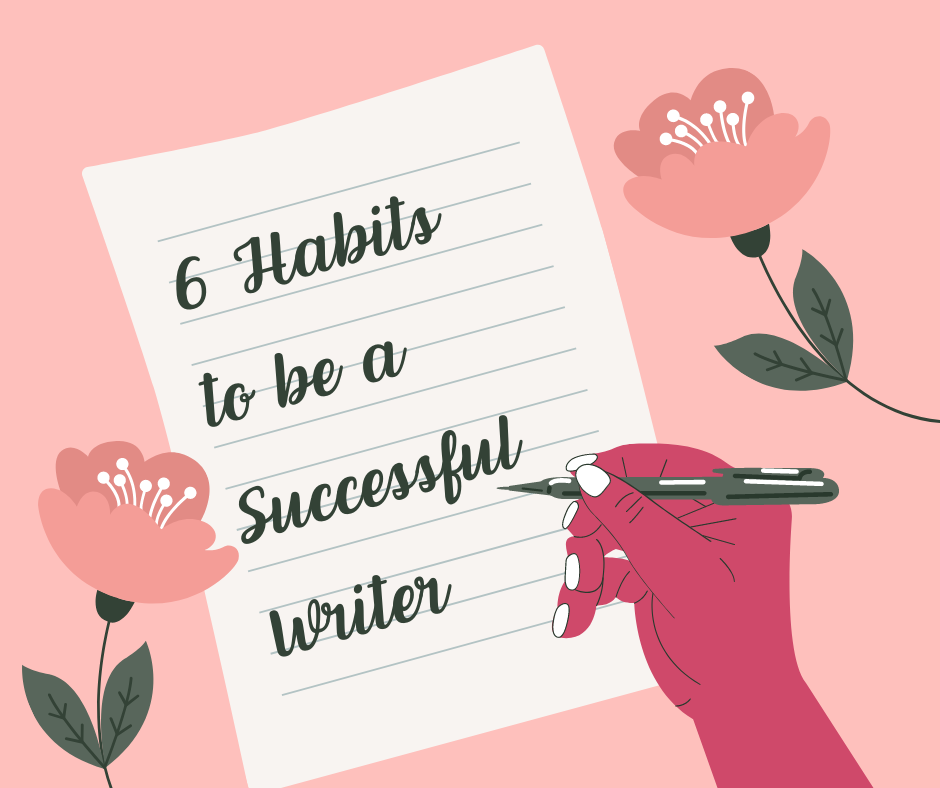In the world of storytelling, narratives are crafted like intricate tapestries, woven together by threads of character development, plot twists, and subplots. As we approach the conclusion of a story, the careful unraveling and tying up of these threads becomes pivotal. This article explores the profound importance of resolving subplots and character arcs in the concluding moments of a narrative and how this contributes to a deeply satisfying ending.
The Essence of Closure
Closure is the cornerstone of a fulfilling narrative experience. It offers readers or viewers a sense of completion and fulfillment, rewarding them for their emotional investment in the story. Without it, stories can feel incomplete and unsatisfying.
Character Transformation
Resolving character arcs allows the audience to bear witness to the profound growth and transformation of the characters they have come to know and care about. It’s the moment when characters confront their inner conflicts, reconcile with their pasts, or embrace their newfound selves.
Plot Cohesion
Tying up loose ends, including subplots, is essential for maintaining a cohesive and logically sound narrative structure. Subplots should seamlessly contribute to the overall theme or message of the story, and their resolutions should align with the established traits and motivations of the characters.
The Impact of Unresolved Subplots and Arcs
Failure to resolve subplots and character arcs can leave the audience feeling frustrated and dissatisfied. It’s akin to offering them an incomplete puzzle, where pieces are missing, preventing them from seeing the full picture. Such unresolved elements can make a story feel messy and haphazard, diminishing its overall impact.
The Art of Subtlety
While it is crucial to resolve major subplots and character arcs, not everything needs an elaborate epilogue. Some subplots can be subtly concluded, allowing readers or viewers to use their imagination to fill in the gaps. Foreshadowing can be a powerful tool for hinting at resolutions without explicitly detailing them, adding depth to the narrative.
Examples of Satisfying Resolutions
In the Harry Potter series, J.K. Rowling masterfully resolves character arcs, from Harry’s battle with his inner demons to Snape’s complex redemption. Each resolution is carefully crafted to align with the character’s growth and development throughout the series.
In the film “Toy Story 3,” the story beautifully concludes the toys’ journey with Andy, delivering a poignant and emotionally resonant farewell that resonates deeply with the audience.
Conclusion: Weaving the Final Threads
Resolving subplots and character arcs is akin to weaving the final threads of a tapestry. It is the act of pulling everything together, making sense of the narrative chaos, and delivering the closure that audiences crave. When done thoughtfully and skillfully, these resolutions can elevate a story from good to great, leaving a lasting impact on the hearts and minds of those who experience it. In the world of storytelling, it is these final moments that often linger in our memories, reminding us of the power of a well-crafted ending.


